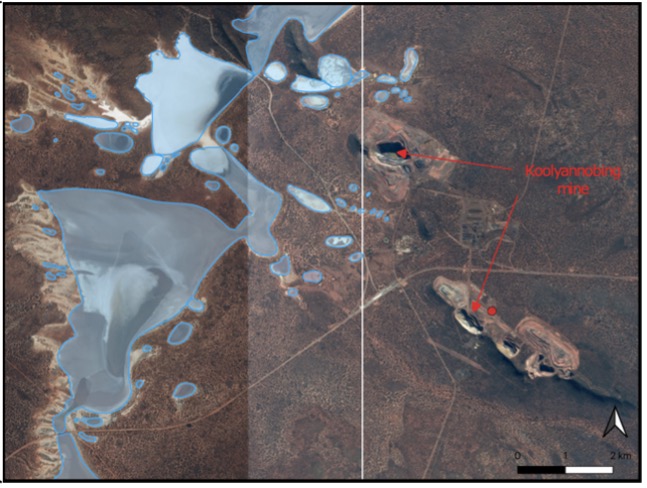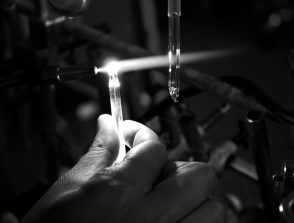Ugo Geymond’s PhD
Start: 01 October 2021
End: 22 November 2024
Supervisors :
Isabelle Martinez, Isabelle Moretti (UPPA-LFCR), Olivier Sissmann (IFPen)
Related teams :
Stable Isotope Geochemistry
Status: Defended






